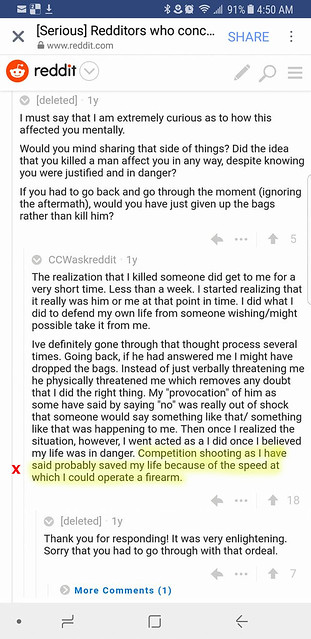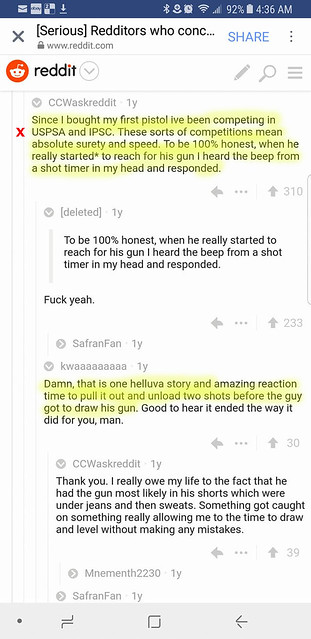Attendance fall off at organized shooting events is the biggest problem facing advancing gun owner skill and improving the perception of gun ownership by the general public. Ignorant gun owners scoff about not caring what their non-gun owning neighbors think while ignoring the fact that pro-gun initiatives would be much easier if those neighbors had a reason to hold a positive opinion on it.
As it stands today, only 2% of the card-carrying NRA membership has ever attended a NRA Sanctioned or Approved event. Back in the early 1960s, this was over 30%. Worse, the raw number has declined from a high of over 130,000 participants to around 95,000 today.
Part of that attendance fall off is shooters deciding to take up a different discipline. Camp Perry attendance peaked in the early 1960s and that was when rifle shooters could only choose between High Power or Smallbore and Pistol was Bullseye (or perhaps PPC if you were a cop.) I know some shooters in traditional disciplines don’t like the new options but I’d rather have gun owners participating in something that appeals to them than not at all.
Equipment isn’t the biggest factor concerning score but it is a factor. I’d address this by expanding the Classification system and equipment Divisions. Five or six skill groups for all shooters isn’t broad enough. High school sports have more than this and that doesn’t take Little League/Pop Warner/Pee Wee leagues, Junior Varsity, and other local leagues into account. College, semi-pro, and pro are entirely different groups with their own strata.
A competitive shooter “disadvantaged” by equipment but consistently capable of shooting a given score is at no real disadvantage when assessed in a peer group of people consistently shooting similar scores regardless of the reason why.
Add to this recognition of different equipment. As an example, USPSA has about six recognized divisions (it might be more by the time I finish this email) and it makes for a diverse group of options where almost any handgun can find a competitive role.
To keep some sanity and avoiding a “trophies for everyone!” issue, I’d only recognize a given division or classification if there is at least a minimum number of participants (say, about 6 or more for local matches) so there is a sort of mini match inside the match that is competitive for each group.
FWIW, but experience indicates the NRA doesn’t seem terribly interested in furthering their shooting sports by increasing participation. Their own membership base is a 98% no-show


